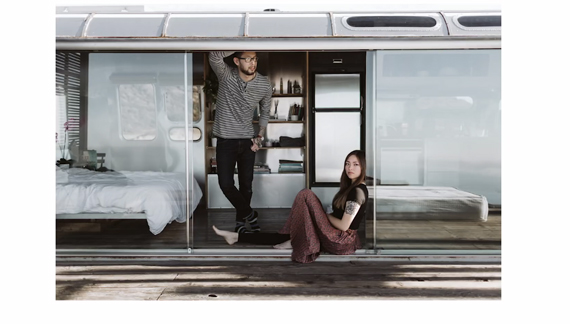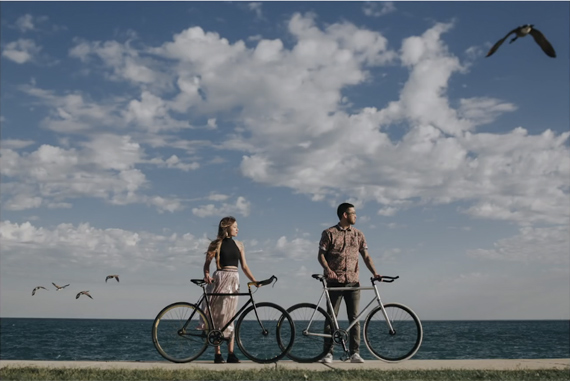Tutorials on composition are about as common as seagulls on a shore, but every once in a while we come across a guide that goes a little bit beyond the norm. In the following video, portrait photographer Eric Floberg adds bit more dimension to the standard rules of composition:
The key to Floberg’s composition choices lie in looking at the whole photo, not just following a rule blindly. For example, instead of just lining something up on the intersections of thirds, he looks to see how the entire photo is framed.
The same is true of centering. Floberg doesn’t just center his subject, he makes sure that all the other elements frame the subject in such a way that all the visual weight lands on the center. Elements on either side help lead the eye to the subject, providing a heightened sense of symmetry. In the photo below, for example, the birds to the left and the right frame the couple.
Of course, you might not like centering photos at all–or any of Floberg’s other composition choices. But that’s not really the takeaway here. What’s important is looking beyond the rules and seeing the whole image. Sort of like a chess game—it’s always more important to look at the whole board than it is to get caught up in the details of a localized strategy.
Make sense?
Have any other “beyond the rules” composition ideas? Fire away!
Like This Article?
Don't Miss The Next One!
Join over 100,000 photographers of all experience levels who receive our free photography tips and articles to stay current:







Quite often, reflections (especially mirror-perfect ones) are set with the horizon in the center. Cityscapes can also be an exception to the “don’t center” rule, the logic I’ve heard is that architecture is often symmetrical, so it becomes acceptable to emphasize the symmetry by framing it symmetrically.